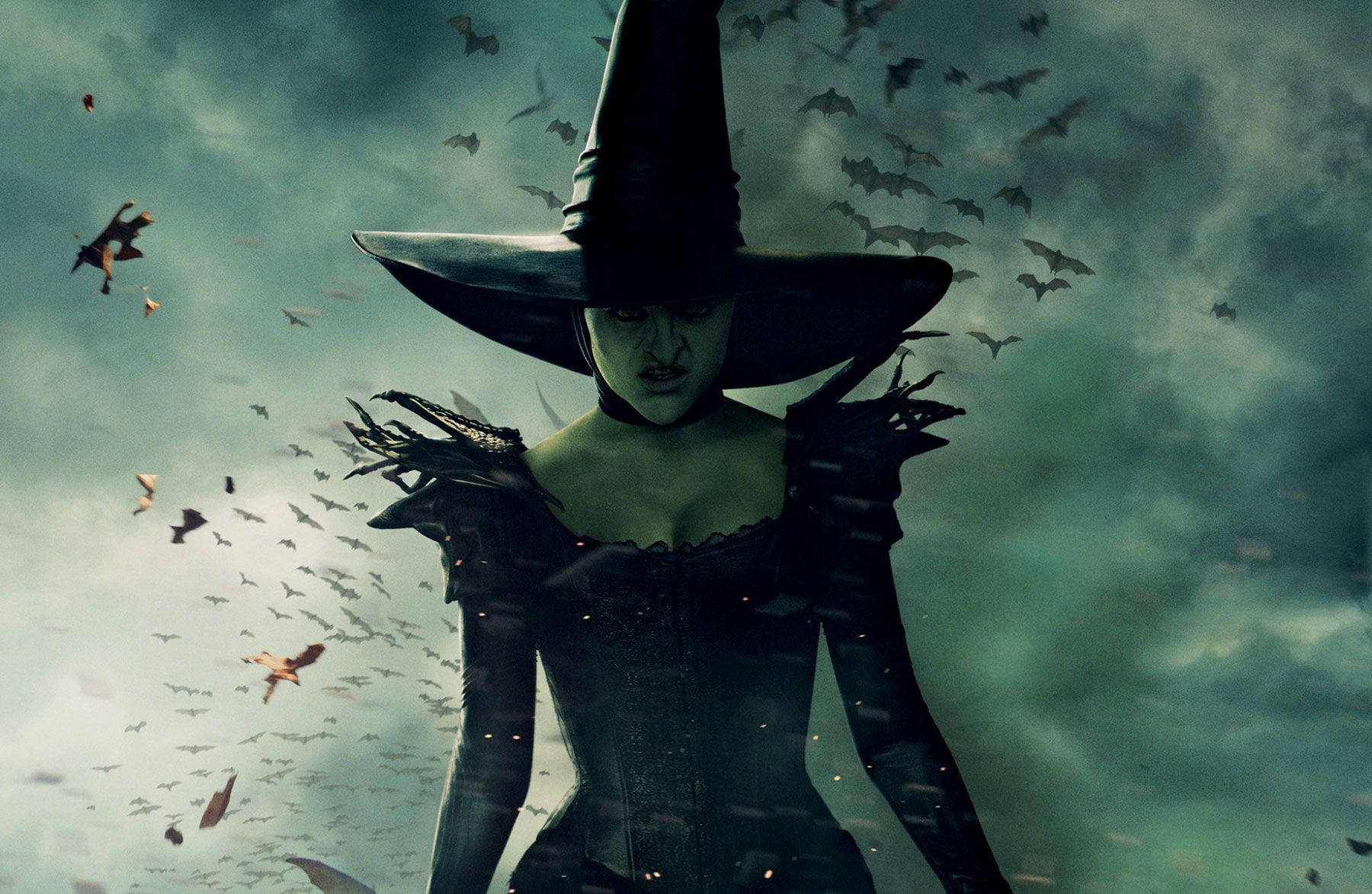
FAQ About Magic in the Middle Ages
Magic in the Middle Ages
2 years ago | gizem
What types of magic were practiced in the Middle Ages?
During the Middle Ages, various types of magic were practiced, each with its own specific beliefs, rituals, and purposes. Here are some of the main types of magic that were prevalent during this period:
- Natural Magic: This form of magic focused on the manipulation of natural elements, such as plants, minerals, and animals, to achieve desired outcomes. It often involved herbalism, the use of talismans, and the creation of potions for healing or other purposes.
- Astrological Magic: Astrology played a significant role in medieval magic. Astrological magic involved harnessing the influence of celestial bodies, planets, and zodiac signs to predict the future, determine auspicious times for various activities, and invoke the power of the stars for different purposes.
- Divination: Divination was the practice of seeking knowledge of the future or hidden information through various methods, such as scrying, astrology, palmistry, and the use of oracles or prophetic dreams.
- Ceremonial Magic: Ceremonial magic focused on elaborate rituals and invocations of spiritual entities or supernatural powers. Practitioners sought to establish contact with angels, demons, or other beings for knowledge, protection, or guidance.
- Theurgical Magic: Theurgical magic was a form of ritual magic aimed at invoking divine powers and achieving spiritual enlightenment. It was often practiced within a religious or philosophical context.
- Alchemy: Alchemy was a significant aspect of medieval magic that sought to transform base metals into gold and discover the philosopher's stone, a substance believed to grant immortality. Alchemists also pursued spiritual purification and sought to understand the hidden properties of matter.
- Sympathetic Magic: This type of magic was based on the principle of "like attracts like" and the idea that objects or actions could influence distant events or people with similar qualities. It included practices like sympathetic charms and voodoo dolls.
- Necromancy: Necromancy involved attempting to communicate with the dead or spirits of the deceased to gain knowledge or control over supernatural forces. It was generally considered a forbidden and dangerous practice.
- Geomancy: Geomancy was a form of divination that involved interpreting patterns made on the ground, usually by tossing pebbles, to gain insights into future events or make decisions.
- Witchcraft: Witchcraft encompassed a wide range of practices associated with individuals (usually women) who were believed to possess supernatural powers. It included both harmful and beneficial magic, herbal knowledge, and connections with nature spirits.
- Demonology: Demonology was the study of demons and their interactions with humans. Some forms of magic involved summoning and controlling demons for specific purposes.
- Amulets and Charms: The use of protective amulets and charms was prevalent in medieval magic. These objects were believed to offer defense against evil spirits, illness, or other misfortunes.
